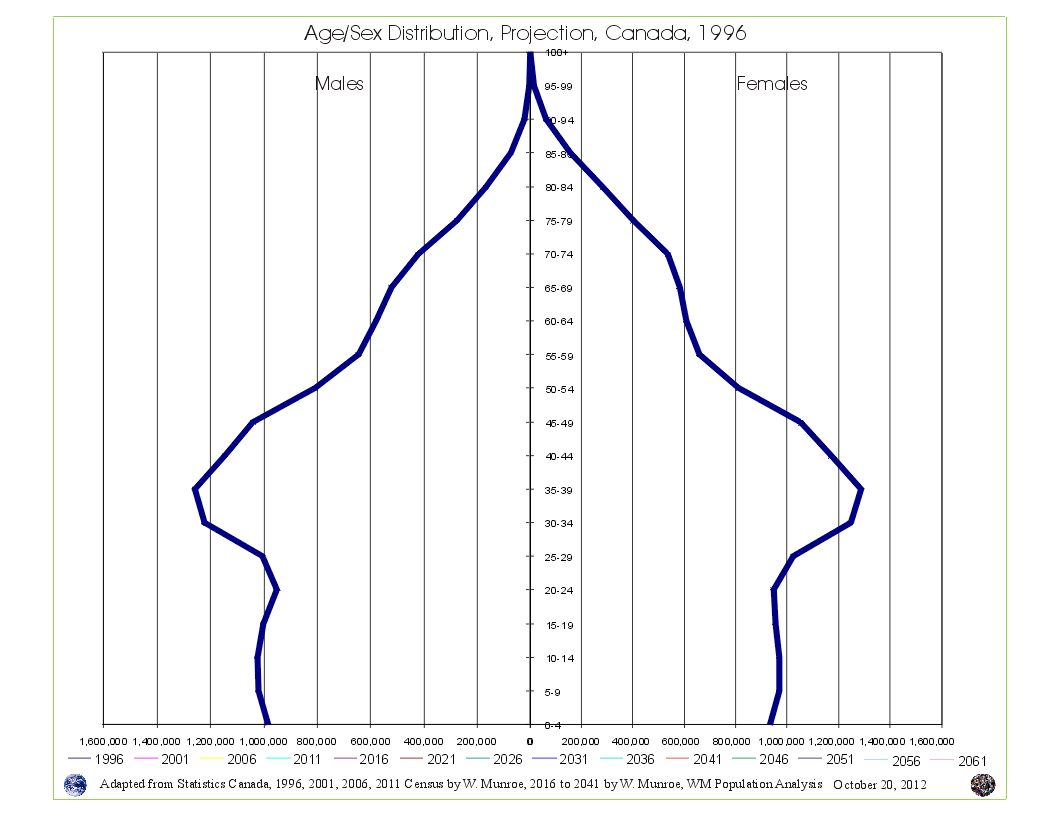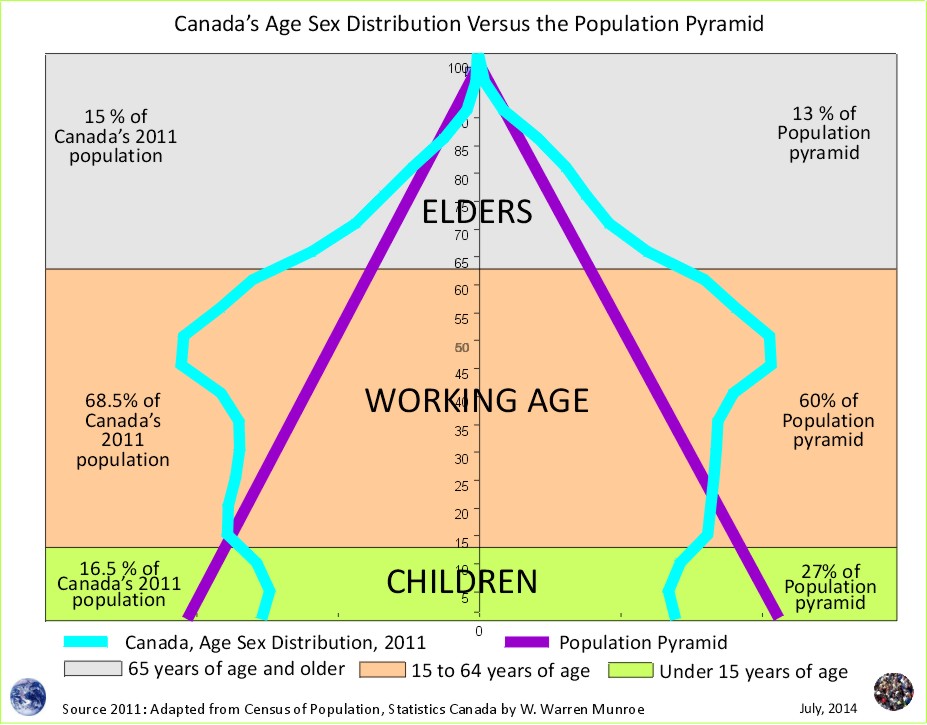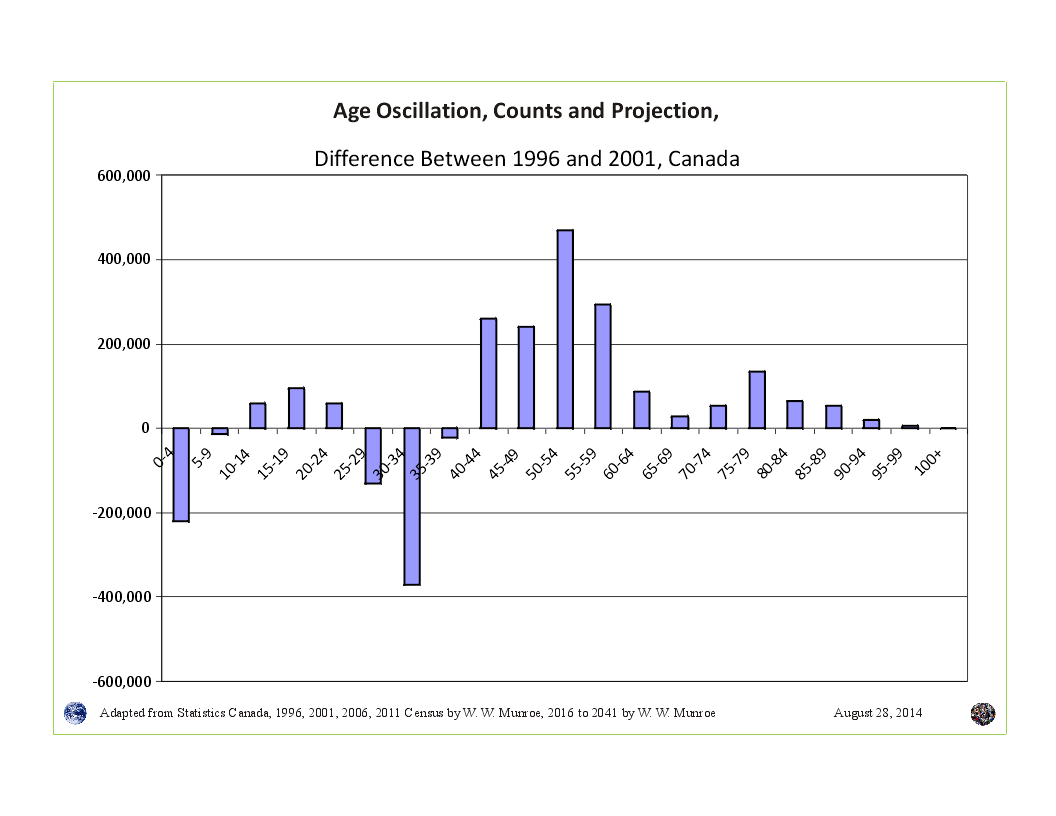
People who were given positions as BC Government Representatives (Advisors - Officials - Authorities) Misrepresented the Number of Covid-19 Deaths
How the authors of the British Columbia Center of Disease Control (BC CDC) Situation Reports, regarding the state of emergency declared on March 18, 2020, misrepresented the counts of Covid-19 deaths, was the focus of my testimony to the National Citizens' Inquiry, May 2, 2023.
Simple. They used percentage (%) of total deaths attributed to Covid-19 by age groups compared to % of total population estimates by age groups. These % figures were then used to create disproportional charts. Charts that made small numbers look large and large numbers look small - exaggerated the deaths attributed to Covid-19.
The reason charts are created, is to provide a visual representation of the data (the actual number of deaths attributed to Covid-19). Visual representations, in the form of charts, provide comparable proportions, that in turn, provide the foundation that inform perceptions. To be clear charts provide proportions that then inform perceptions rather than perceptions informing proportions. By using relative figures, the Provincial Government of British Columbia representatives purposefully influenced perceptions that misrepresented the proportions.
To adhere to standard statistical practices including integrity, the un-named BC CDC authors would have been named and would have provided the actual count of the number of people per 10 year age groups - both the estimated number of people per 10 year age group along with the number of people, per 10 year age group, who's deaths were attributed to Covid-19. These actual counts could then be used to create a chart showing meaningful comparative proportions.
Since the BC CDC un-named authors chose to compare percentages of the total estimated number of people per 10 year age groups with the percentages of total deaths per 10 year age groups (70-79, 80-89, 90+), it is reasonable to chart the actual numbers and compare this chart with than the chart of percentages.
To summarize, the BC CDC Situation Reports during 2020 were mostly designed to support the policies and directions of the peole in positions of government authority.
Correction: Infectious Fatality Rate not Case Fatality Rate
During the testimony, I pointed out that even this comparison is questionable but mistakenly said a better way would be to use Case Fatality Rates. I meant to say Infectious Fatality Rates not Case Fatality Rates.
I informed NCI about this mistake and pointed to an article I posted from February 2022.
Quote:
Covid-19 more of an irritant at the end of life than life ending
Even though the number of deaths attributed to Covid-19 were low in absolute terms as well as relatively low compared to the total number of people per 10 year age group in BC, even one death is too many if the death could have been avoided without causing harm to others.
Yet, there are few things in life that are certain. The only thing certain, whether we like it or not, we all die. Fortunately, people are living longer. Over the last 50 years or so life expectancy has increased from ~ 60 to 65 years of age to the late 70, early 80 years of age in the 2000s. While females tend to live longer males are catching up.
The deaths attributed to Covid-19 were likely not caused by Covid-19 since the median age of death was 87 years of age according to the BC CDC March 23, 2020 Situation Report for BC from January 1, 2020 to March 23, 2020 - older than life expectancy. By the end of 2020, the median age of death attributed to Covid-19 was stated as 86 years of age - not statistically significantly different from the 87 years of age from March 2020 - essentially unchanged. As it turned out Covid-19 was more of an irritant at the end of life than life ending.
Giving the impression that 'Covid-19' was particularly deadly (WHO Director General, April 2020) was to over-state it's lethality. The BC CDC misled BC'ers by exaggerating deaths attributed to Covid-19.
Focused care by care givers was warranted, but a declaration of a State of Emergency to stop Covid-19 was not warranted nor was the heavy handed, brutish enforcement (heavy fines, beatings, arrests, firing, closing businesses, prosecutions authorized by people in positions of government authority) while claiming indemnity.
Do charlatans / fraudsters have the right to determine who is 'essential' and who is 'not-essential'.
Given the evidence that people in positions of government authority misrepresented the lethality of Covid-19, thereby pretending to justify 'lockdowns' including firings, heavy fines, beatings and imprisonment, their behaviour can be categorized as that of a charlatan, a con-artist, Cheat, Criminal, Crook, Deceiver, Fake, Fraudster. Hoaxter, Hustler, Impostor, Malevolent, Nasty, Nefarious, Phony, Racketeer, Reprehensible, Robber, Swindler, Thief, Sham, and or Wicked,
These fraudsters who moved into positions of government authority then announced who was essential. Everyone else was considered to be 'not essential'. Somewhat similar to the pigs in the book/movie by George Orwell. They (the fraudsters) then initiated 'counter measures' to stop the pretend deadly disease (with a median age of 86-87 years of age, older than life expectancy, who almost all, if not all, died due the other diseases - old age) counter-measures such as building 'interment camps' where non-essentials were taken.
Who were said to be 'essential'? The people who took over government positions announced, they were 'essential'. The fraudsters also determined that public servants who raised concerns about substandard practices and were fired were no longer 'essential'. Truth was not 'essential'. In fact, it was open season for the truthful.
Are fired government personnel who reported problems and offered solutions 'non-essential'? Should the government personnel who did the firing be considered essential?
What do you think?



